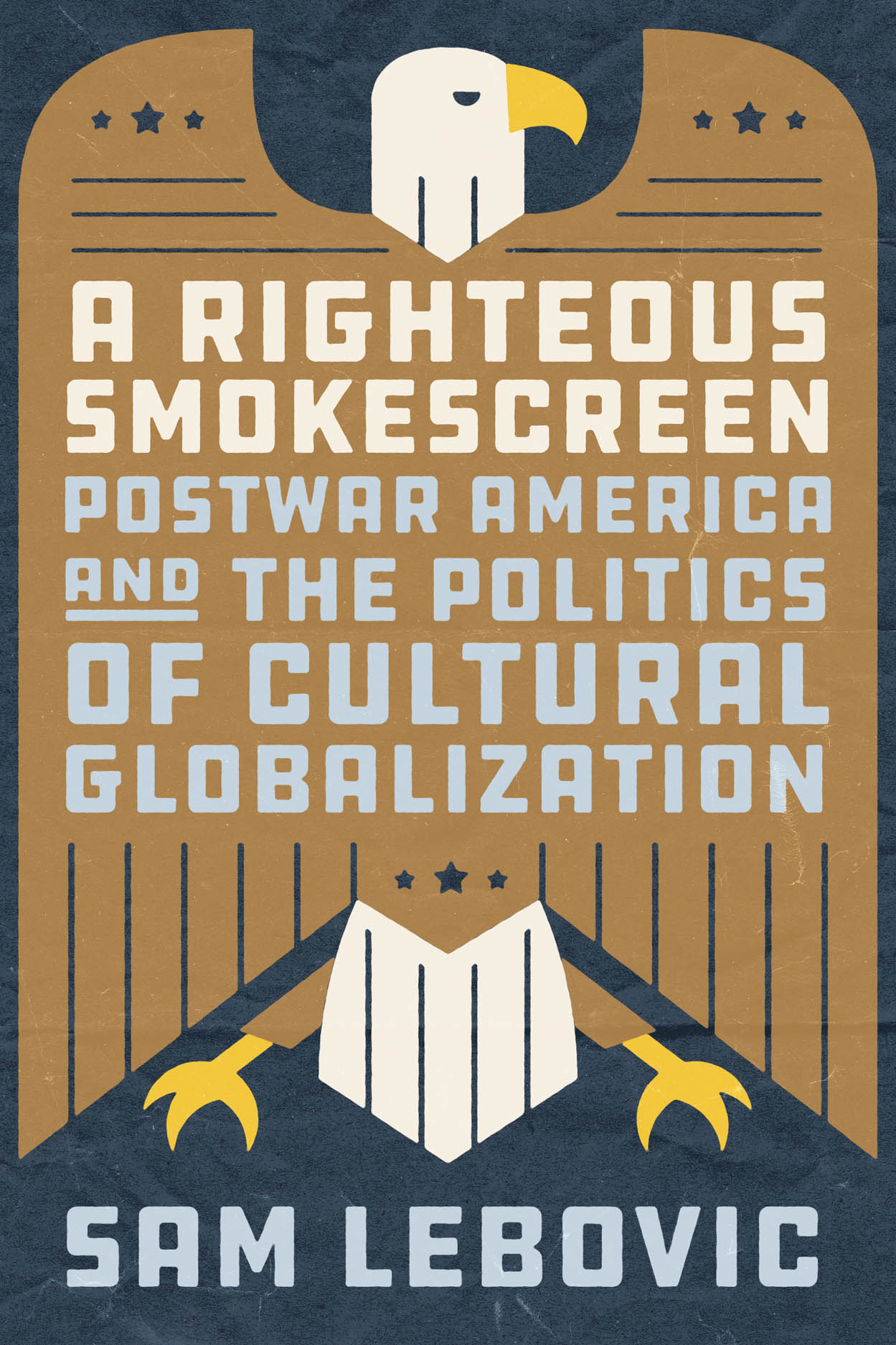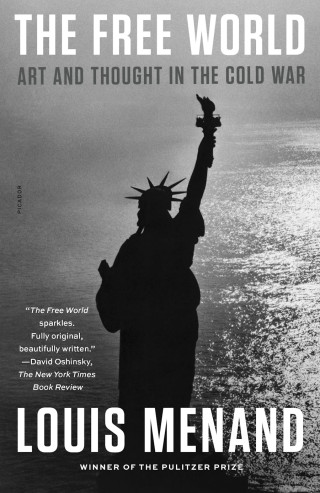How did this happen? How did cultural globalization in the twentieth century travel along such a one-way path? And why is the U.S.—that globe-bestriding colossus with more than 700 overseas bases—so strangely isolated? The answer, Sam Lebovic’s new book, A Righteous Smokescreen: Postwar America and the Politics of Cultural Globalization, convincingly argues, largely comes down to American policy in the middle decades of the twentieth century.
Looking over the planetary wreckage of World War II from its new perch as the leading superpower, the U.S. promised to build a new world—an interdependent, liberal international order. A free world. To this end, it pieced together a novel system of international organizations, including the International Monetary Fund, the World Bank, and the interlocking agencies and arms of the United Nations, that would bind together nations and forestall future conflict. It would be a global village.
One of the village’s founding principles was the free flow of information and culture. Villagers, it was imagined, would freely travel, trade, and communicate with one another, cultivating international understanding and locking in mutually advantageous bonds. This phrase—usually truncated to just “the free flow of information”—generated a lot of buzz in the 1940s. American press barons championed it. Congress passed laws in support of it. And diplomats became its evangelicals. In 1946, President Harry Truman proclaimed to the U.N. General Assembly that “a concerted effort must be made to break down the barriers to a free flow of information among the nations of the world.” If there was a “liberal consensus in postwar American politics,” Lebovic calmly asserts, “this was probably it.”
A lot of the world agreed—who isn’t a fan of freedom?—at least in principle. Carlos Romulo, the legendary Philippine diplomat and journalist who had uncovered Japanese atrocities in his country, went so far as to call freedom of information the “touchstone of all the freedoms to which the UN is consecrated.” World War II had been horrifying in scale and severity; information barriers were believed to have played a part. Japan’s and Germany’s bids for autarky had insulated their citizens from global currents, incubated aggressive nationalism, and, from the perspective of American policymakers, driven the world into war.
But when 600 or so journalists, media magnates, and diplomats arrived in Geneva in 1948 to draft the press freedom clauses for both the U.N. Declaration of Human Rights and the International Covenant on Civil and Political Rights, definitional difficulties abounded. Between what the U.S. meant by “freedom of information” and what the rest of the world needed lay a vast expanse.

